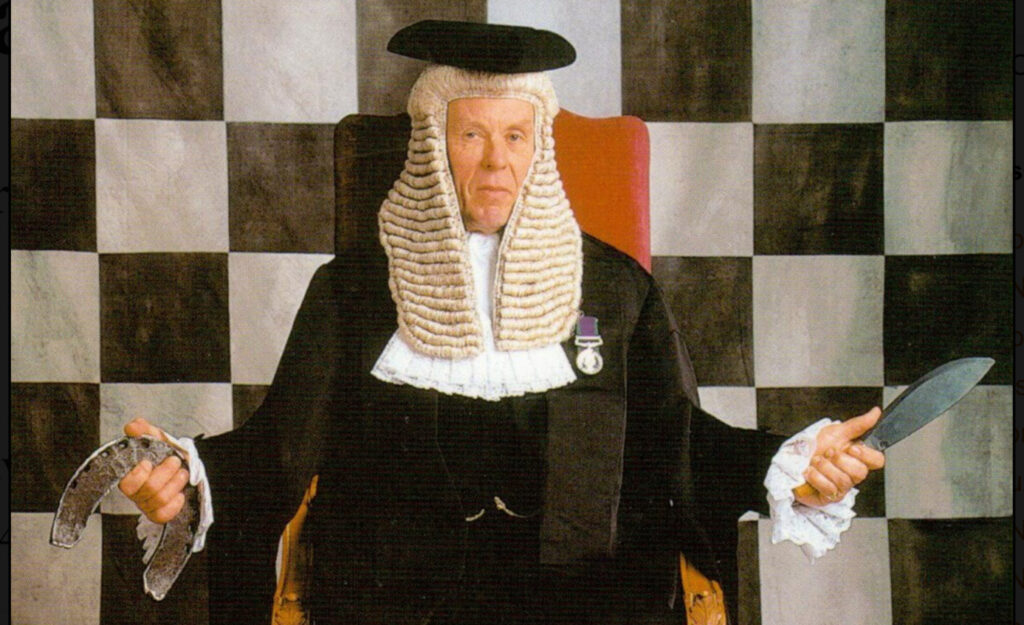Beneath the pageantry of the British monarchy, amidst the gilded thrones and crimson robes, there exists a little-known figure whose title sounds as though it were plucked from the pages of a Tudor drama: The King’s Remembrancer.
Little seen and rarely heard from, the King’s Remembrancer is the oldest continual judicial officer in England and Wales, with roots stretching back to 1154 and the reign of Henry II. The office predates the Magna Carta, the Royal Courts of Justice and, indeed, the concept of Parliament itself.
Appointed by the Lord Chief Justice, the Remembrancer’s role today is largely ceremonial. Yet its history is rich with symbolism – and the enduring duty of preserving the Crown’s ancient relationship with the law and the land.

The current holder of the title is Senior Master of The King’s Bench Division, Jeremy Cook. In this historic capacity, he presides over a small cluster of arcane rituals that link modern Britain to its medieval past.
Chief among these is the Trial of the Pyx, in which coins freshly minted by the Royal Mint are weighed and tested before a jury of assayers. Though the phrase conjures images of ecclesiastical intrigue, the “pyx” refers to the chests in which coins are kept. It is a centuries-old method of ensuring the integrity of the nation’s currency, with the Remembrancer playing host.
Then there is the Swan Upping – the annual ceremony in which mute swans on the Thames are counted, weighed and tagged. The King’s Remembrancer, in theory, is the official responsible for asserting the monarch’s historic right to ownership of unmarked swans – a relic of the time when such birds were considered a royal delicacy.
But perhaps most dramatically, the Remembrancer oversees the Quit Rents Ceremony, held each October in the ornate setting of the Royal Courts of Justice.
Here, two ceremonial payments are made to the Crown on behalf of the City of London and the City of Westminster – not in coin, but in kind: a horseshoe, six horseshoe nails, and two knives (one blunt, one sharp). The ritual, observed since the 13th century, is an annual theatrical affirmation of feudal duties that somehow persists into the 21st century.
The King’s Remembrancer shouldn’t be confused with the City Remembrancer who is employed as a lobbyist for the City Of London corporation.
In this role, the City Remembrancer is entitled to sit in the House of Commons chamber – the only non-MP to do so. Although not able to speak in debates, he is able to sit on the famous green benches of the under-gallery, scrutinising MPs at work.
This is contentious, with some MPs calling for The Remembrancer to be barred from the floor of the house.
Despite the mystique of the title, the role has little bearing on the day-to-day workings of the monarchy. Yet to constitutional historians and lovers of ancient tradition, it is a reminder that Britain’s monarchy is not only a living institution, but one inextricably linked to law, land, and symbolism.

